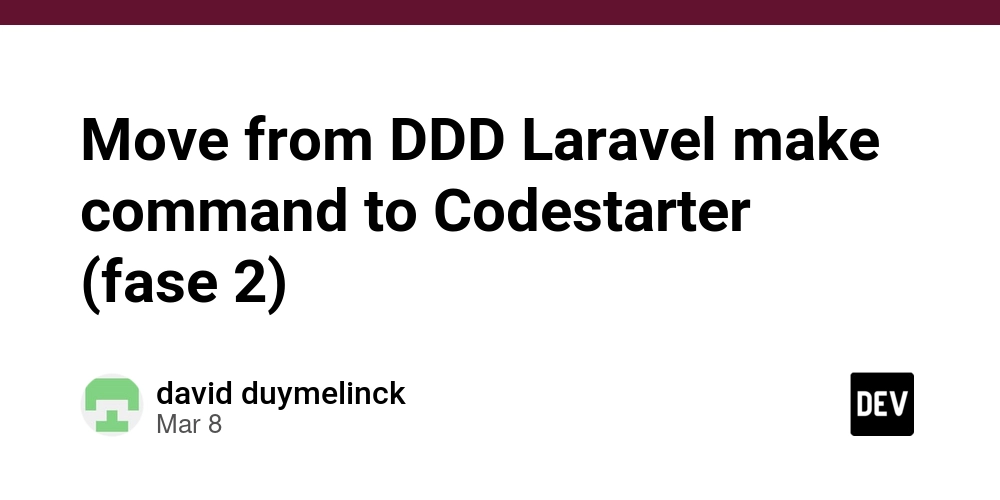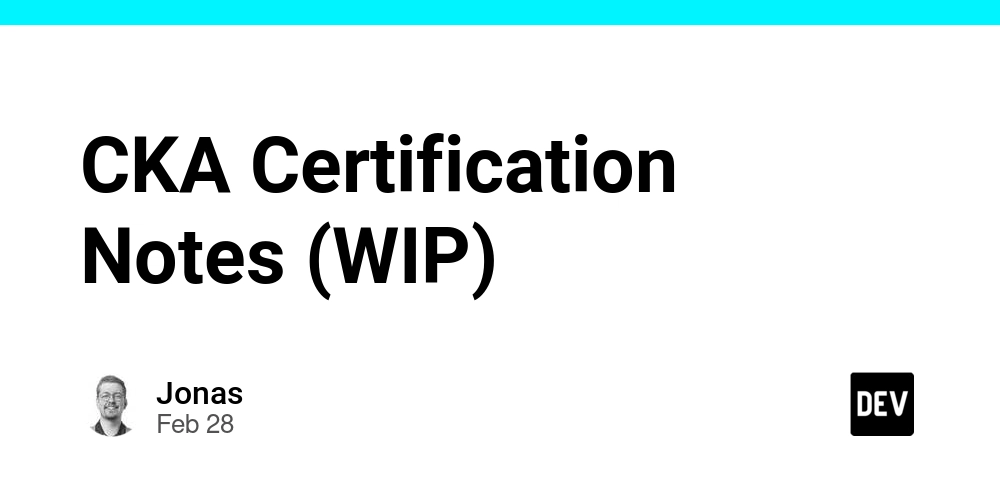Smart Strategies for Cost Reduction App Modernization
Legacy systems drain IT budgets through increasing maintenance costs. Operations and maintenance (O&M) continue to dominate technology spending in the majority of organizations. The U.S. federal government alone spends more than $100 billion on IT each year and spends about 80% maintaining existing legacy systems in operation. Modernizing such aging applications will reduce costs substantially if carried out with a strategic intent. Upgrading the antiquated architectures or migrating the applications to the cloud-based platforms will reduce maintenance and hardware expenses for organizations. Refactoring code or replatforming to new infrastructures is the type of initiative often resulting in streamlined systems with lower costs in the long term. But jumping into modernization without a strong plan can be self-defeating. Poorly managed projects often overspend or increase overall IT costs. Rushed cloud migrations are most likely to generate surprise expenses. The answer is to modernize wisely—with definite objectives, tight control, and budget-conscious methods. Assessing Technical Debt to Identify Cost-Heavy Areas Technical debt is a hidden expense that increases maintenance costs in the long term. Legacy code, quick fixes, and suboptimal architectural decisions compound and lead to expensive problems. Estimating technical debt in the earliest phases of modernization enables these expensive areas to be targeted and prioritized. The U.S. Government Accountability Office (GAO) in 2019 reported that approximately 80% of its $100 billion IT budget goes towards the operation and maintenance (O&M) of older systems. It indicates how much funds are locked up in legacy operations. Steps to use this approach: Audit the codebase using tools like SonarQube or Kiuwan to identify inefficiencies. Find high-debt components that are frequently fixed or require excessive maintenance effort. Estimate the ROI on modernization by comparing the cost of refactoring with the ongoing O&M expenses. Establish a cost-benefit threshold for determining when it is cheaper to modernize a component rather than keep maintaining it. Provide highest priority to the modernization of the most costly components. Choosing the Proper Modernization Approach to Achieve Maximum ROI There is no single fit-for-all approach to application modernization. The ideal approach weighs cost, complexity, and potential return on investment. Not every application needs to be rebuilt from scratch, some can be modernized through minor revisions or rehosting. Modernization approaches and the economic effect: Approach Short-Term Cost Best For Long-Term Cost Impact Rehosting Low Apps with minimal cloud dependencies Higher if not optimized Replatforming Moderate Apps needing minor performance boosts Moderate savings from improved efficiency Refactoring High Complex apps needing cloud-native features Significant long-term cost savings Rebuilding Very High Systems needing a complete overhaul Fully optimized system with minimal O&M costs Case Example: The GE Oil & Gas applications have been rehosted with no code modifications and achieved about 30% in cost savings. Cloud Cost Optimization using FinOps Principles Cloud costs can quickly spiral if not managed properly. A 2024 Stacklet survey found 78% of companies estimate 21-50% of the money they spend on the cloud is wasted. FinOps (Finance + DevOps) introduces financial discipline into cloud operations through alignment with business value. Some of the key strategies include: Use AWS Cost Explorer, Azure Cost Management, or Google Cloud Billing to track and analyze cloud expenses. Maximize resource usage with autoscaling, reserved instances, and spot pricing. Implement accountability through tagging and budget assignment to specific teams or business objectives. Example: Intuit created a FinOps team and automated the handling of cloud expenses. They created separate AWS accounts for managing expenses and saved millions through the elimination of wastage and the imposition of accountability. Using Open-Source Technologies to Avoid Licensing Costs The majority of IT budgets are consumed by commercial software licenses. Up to 30% on the costs will be saved with the conversion to open-source software. Successful open-source alternatives include: Databases: Move from Oracle or SQL Server to MariaDB or PostgreSQL Application Servers: Use Apache Tomcat, Wildfly, or Nginx in place of WebSphere or WebLogic. Operating Systems: Transition from Windows Server to Linux distributions like Ubuntu or CentOS. Open-source software prevents vendor lock-in and allows for customization and community support, both of which accelerate modernization and innovation. Automating DevOps for Less Expensive and Faster Deployments Manual deployment procedures take a long time and are costly. DevOps automation speeds up releases and reduces labor-i

Legacy systems drain IT budgets through increasing maintenance costs. Operations and maintenance (O&M) continue to dominate technology spending in the majority of organizations.
The U.S. federal government alone spends more than $100 billion on IT each year and spends about 80% maintaining existing legacy systems in operation.
Modernizing such aging applications will reduce costs substantially if carried out with a strategic intent. Upgrading the antiquated architectures or migrating the applications to the cloud-based platforms will reduce maintenance and hardware expenses for organizations.
Refactoring code or replatforming to new infrastructures is the type of initiative often resulting in streamlined systems with lower costs in the long term.
But jumping into modernization without a strong plan can be self-defeating. Poorly managed projects often overspend or increase overall IT costs.
Rushed cloud migrations are most likely to generate surprise expenses. The answer is to modernize wisely—with definite objectives, tight control, and budget-conscious methods.
Assessing Technical Debt to Identify Cost-Heavy Areas
Technical debt is a hidden expense that increases maintenance costs in the long term.
Legacy code, quick fixes, and suboptimal architectural decisions compound and lead to expensive problems. Estimating technical debt in the earliest phases of modernization enables these expensive areas to be targeted and prioritized.
The U.S. Government Accountability Office (GAO) in 2019 reported that approximately 80% of its $100 billion IT budget goes towards the operation and maintenance (O&M) of older systems. It indicates how much funds are locked up in legacy operations.
Steps to use this approach:
- Audit the codebase using tools like SonarQube or Kiuwan to identify inefficiencies.
- Find high-debt components that are frequently fixed or require excessive maintenance effort.
- Estimate the ROI on modernization by comparing the cost of refactoring with the ongoing O&M expenses.
- Establish a cost-benefit threshold for determining when it is cheaper to modernize a component rather than keep maintaining it.
- Provide highest priority to the modernization of the most costly components.
Choosing the Proper Modernization Approach to Achieve Maximum ROI
There is no single fit-for-all approach to application modernization.
The ideal approach weighs cost, complexity, and potential return on investment. Not every application needs to be rebuilt from scratch, some can be modernized through minor revisions or rehosting.
Modernization approaches and the economic effect:
| Approach | Short-Term Cost | Best For | Long-Term Cost Impact |
|---|---|---|---|
| Rehosting | Low | Apps with minimal cloud dependencies | Higher if not optimized |
| Replatforming | Moderate | Apps needing minor performance boosts | Moderate savings from improved efficiency |
| Refactoring | High | Complex apps needing cloud-native features | Significant long-term cost savings |
| Rebuilding | Very High | Systems needing a complete overhaul | Fully optimized system with minimal O&M costs |
Case Example: The GE Oil & Gas applications have been rehosted with no code modifications and achieved about 30% in cost savings.
Cloud Cost Optimization using FinOps Principles
Cloud costs can quickly spiral if not managed properly. A 2024 Stacklet survey found 78% of companies estimate 21-50% of the money they spend on the cloud is wasted.
FinOps (Finance + DevOps) introduces financial discipline into cloud operations through alignment with business value. Some of the key strategies include:
- Use AWS Cost Explorer, Azure Cost Management, or Google Cloud Billing to track and analyze cloud expenses.
- Maximize resource usage with autoscaling, reserved instances, and spot pricing.
- Implement accountability through tagging and budget assignment to specific teams or business objectives.
Example: Intuit created a FinOps team and automated the handling of cloud expenses. They created separate AWS accounts for managing expenses and saved millions through the elimination of wastage and the imposition of accountability.
Using Open-Source Technologies to Avoid Licensing Costs
The majority of IT budgets are consumed by commercial software licenses. Up to 30% on the costs will be saved with the conversion to open-source software.
Successful open-source alternatives include:
- Databases: Move from Oracle or SQL Server to MariaDB or PostgreSQL
- Application Servers: Use Apache Tomcat, Wildfly, or Nginx in place of WebSphere or WebLogic.
- Operating Systems: Transition from Windows Server to Linux distributions like Ubuntu or CentOS.
Open-source software prevents vendor lock-in and allows for customization and community support, both of which accelerate modernization and innovation.
Automating DevOps for Less Expensive and Faster Deployments
Manual deployment procedures take a long time and are costly. DevOps automation speeds up releases and reduces labor-intensive steps and costs significantly.
Primary Automation Practices:
- Infrastructure as Code (IaC): Environment provisioning is automated with tools such as Terraform and AWS CloudFormation to ensure consistency and minimize errors.
- CI/CD Pipelines: Jenkins and GitHub Actions automate the testing and deployment and minimize the cycles for software release.
- Automated testing: Automated testing tools like Selenium and JUnit catch bugs beforehand and minimize expensive post-release fixes.
Prioritization of Security to Prevent Costly Breaches
Ignoring security will make all the efforts to save costs redundant. The average cost of a data breach in 2023 was $4.45 million.
Basic security strategies are:
- Zero Trust Architecture (ZTA): Implement strict access controls and assume any user or device is potentially compromised.
- Automated Security Scanning: Integrate tools like Snyk or Veracode into CI/CD pipelines to detect vulnerabilities early.
- Secure Containers and Kubernetes: Use best practices like RBAC, encryption of secrets, and network policies to secure cloud-native environments.
Conclusion
You can cut costs by modernizing your apps—but only if you plan carefully. Start by finding and fixing expensive issues like technical debt.
Choose the right approach for each app. Use FinOps to manage cloud spending. Switch to open-source tools to save on licenses. Automate DevOps to speed up work and lower costs. Make security a priority to avoid expensive breaches.
When you modernize with clear goals and smart steps, you save money and build a stronger, more flexible system for the future.











































































































































































![[The AI Show Episode 142]: ChatGPT’s New Image Generator, Studio Ghibli Craze and Backlash, Gemini 2.5, OpenAI Academy, 4o Updates, Vibe Marketing & xAI Acquires X](https://www.marketingaiinstitute.com/hubfs/ep%20142%20cover.png)




























































































































![[DEALS] The Premium Learn to Code Certification Bundle (97% off) & Other Deals Up To 98% Off – Offers End Soon!](https://www.javacodegeeks.com/wp-content/uploads/2012/12/jcg-logo.jpg)


![From drop-out to software architect with Jason Lengstorf [Podcast #167]](https://cdn.hashnode.com/res/hashnode/image/upload/v1743796461357/f3d19cd7-e6f5-4d7c-8bfc-eb974bc8da68.png?#)








































































































.png?#)

































_Christophe_Coat_Alamy.jpg?#)
 (1).webp?#)





































































































![Apple Considers Delaying Smart Home Hub Until 2026 [Gurman]](https://www.iclarified.com/images/news/96946/96946/96946-640.jpg)
![iPhone 17 Pro Won't Feature Two-Toned Back [Gurman]](https://www.iclarified.com/images/news/96944/96944/96944-640.jpg)
![Tariffs Threaten Apple's $999 iPhone Price Point in the U.S. [Gurman]](https://www.iclarified.com/images/news/96943/96943/96943-640.jpg)




































































































































